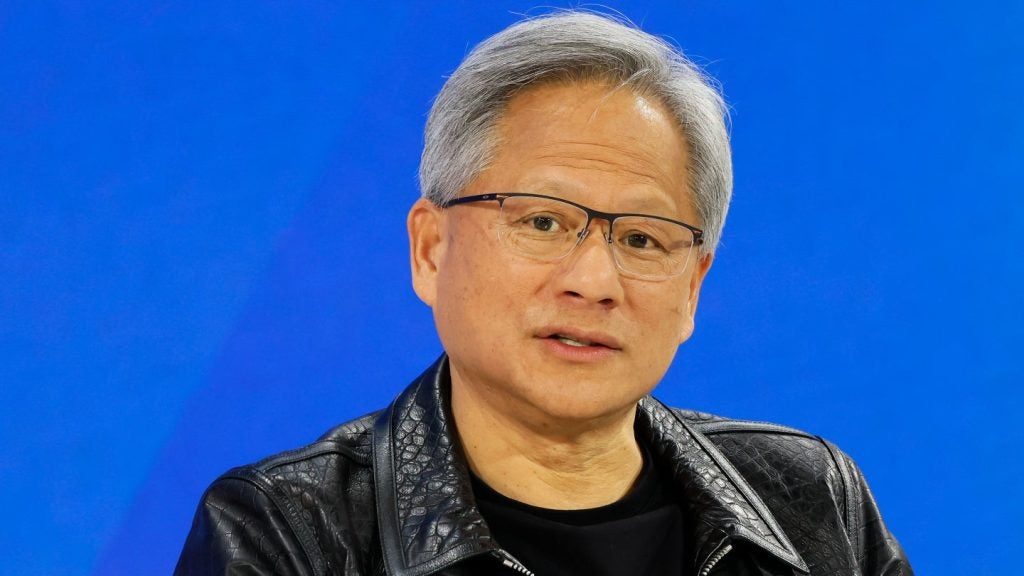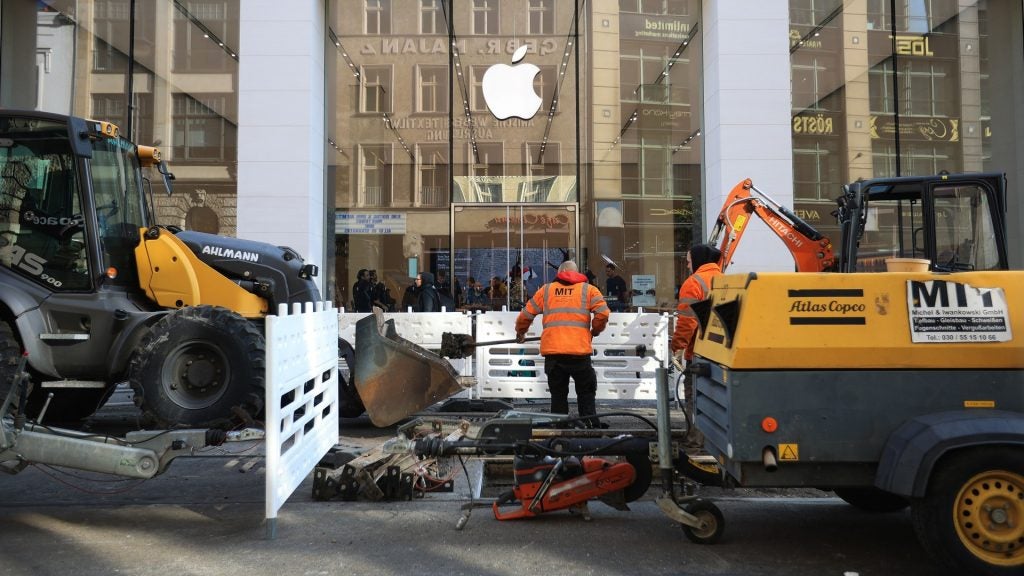
The automotive business, like others, is subject to economic cycles. It is now ten years since the global economic slowdown – the ‘credit crunch’ of 2007 – that eventually brought us a much more serious banking crisis in late 2008 and then a pretty severe global recession in 2009. The auto industry was in the firing line as car markets collapsed. Companies had to react quickly with short- and long-term capacity adjustments. There was also a strategic choice to be made: cut investment levels or maintain them? Some opted for the former, for short-term bottom-line gain, and it came back to haunt them later when they lacked new product.
Fast forward to 2017 and auto companies are facing a number of uncertainties that give rise to concerns, despite an apparently benign global demand environment (the world light vehicle market will edge up again this year, 100m units a year getting closer). Investors are nervous.
Despite growth of the global automotive demand pie, the markets that have delivered fat profits are looking weak.
Despite growth of the global automotive demand pie, the markets that have delivered fat profits are looking weak.
The US vehicle market rebounded well after the recession, but it is topping out at a little over 17m units. It’s hard to see much real demand growth in the years ahead, incentives are trending up and the demand replacement cycle – after the bumper markets of recent years – is turning down. The easy NA-based OEM (and supplier) profits of recent years will likely become harder to achieve.
Elsewhere in the world, the picture is mixed. Yes, Europe’s car market is now coming back to 2007 levels (though still brutally competitive and subject to Brexit exchange rates fallout), but Russia is something of a worry, its economy highly dependent on oil price recovery that is proving elusive. China has been a huge auto industry success story, but the economy (and vehicle market) there is showing signs of running out of steam. Beijing will likely do anything it can to support domestic makers; foreign JVs could well come under pressure.
South America has been subject to considerable political and economic volatility in recent years and has been a difficult place to make money; ditto South Africa. India, for all its undoubted demand potential, has been sluggish. Markets in southeast Asia have been decidedly mixed.
How well do you really know your competitors?
Access the most comprehensive Company Profiles on the market, powered by GlobalData. Save hours of research. Gain competitive edge.

Thank you!
Your download email will arrive shortly
Not ready to buy yet? Download a free sample
We are confident about the unique quality of our Company Profiles. However, we want you to make the most beneficial decision for your business, so we offer a free sample that you can download by submitting the below form
By GlobalDataMany economic forecasts say conditions will become more difficult across the global economy in 2018, when China slows sharply. There are considerable uncertainties over the thrust and direction of elements of US economic policy, but some forecasters are already warning of mild business cycle recession for the US economy in 2019.
The strategic question that car companies faced during the last recession is also relevant today, as they look out at a global economy facing sizeable risks and mixed fortunes, profits threatened. Just from a geographical perspective, where do you invest? Where do you place your chips – whether for sales and distribution or to manufacture – for a good rate of return? Car plants are expensive capital items.
And there are other major draws on investment resources, of course. Investing in powertrain has always been a big one, but it is getting increasingly expensive as OEMs have to hit tighter emissions rules around the world – not only greenhouse gas CO2, but also the air quality pollutants of today – NOx and particulates – that are now attracting more attention from regulators and policymakers. The ICE is far from dead and all the technological stops are being pulled out to make fossil fuel burning more efficient and leaner. Greater automotive electrification, it is widely accepted, is inevitably a growing part of the picture, but at this point in its technological development, it is expensive.
And we are quite possibly facing an epoch-defining change to the way the automobile works in society. Business models could be disrupted. Advanced driver assistance systems (ADAS) are gradually taking human input out of the driving experience; as the systems proliferate, they hold out the prospect of the fully autonomous vehicle operating in certain conditions. The technologies are sophisticated and require major investment.
The megatrends can also be seen to have conflation potential, so that we ultimately get the shared, autonomous, electric vehicle. The traditional automotive business model is based on ownership – vehicle manufacturer, dealer, vehicle owner – and it is a model that has served the industry well and is apparently under attack from youngsters who prefer sharing over owning. Management consultants are, naturally, keen to blow this particular trumpet and the more-than-abundant airtime it gets is also heard by investment bank analysts and investors. The autonomous car may take much longer than 2020 to be market-ready and regulations-wise realisable, but there is a highly seductive and simple narrative to react to: Disruption ahead, Tesla and Uber equate to ‘good’, sunrise and ‘buy’; traditional car companies equal sunset, ‘not so good’ and ‘sell’. Tesla even acts like the Apple of the car industry; high tech and fashionable, a modern culture backed by an entrepreneur with bold visions. PR events and launches are reminiscent of Apple’s fan-fests. Investors very much like the sound and look of Tesla’s Elon Musk, who has come out of nowhere to make well-received electric cars. The favourable ride is illustrated by a share price that even Musk has, at times, tried to talk down and the market capitalisation of Tesla versus major car companies has not gone unnoticed. Tesla is low volume and loss-making; traditional car companies are high volume and capable of making big profits. The investor bet is that the former will, nevertheless, be much better placed in the long-run and deliver more shareholder value (I’m not so sure).
The strategic investment questions for automotive companies have never been so crucial – from a global geographical perspective or in terms of R&D for future product.
The recent actions of Ford and General Motors display a significant difference in approach.
The recent actions of Ford and General Motors display a significant difference in approach. One is focused more on the short-term and the other on the long-term. Both are playing to the ‘paradigm shift’ thinking of needing to invest in ideas of new mobility and electrification (though Mark Fields is perhaps articulating the over-arching theme of transition to being ‘a vehicle manufacturer AND a mobility services provider’ more regularly than Mary Barra). However, Ford appears to be investing more heavily – from its position now, arguably behind GM which has long had the range extender Volt and now Bolt – in electrification and that is hitting its bottom line. Ford is also further up the curve on autonomous vehicles with a big investment in a dedicated research facility and plans for an SAE level 4 AV market-ready at circa 100,000 units a year by 2021.
However, the difference in approach is perhaps even more evident in the attitude to world markets. Ford remains more expansive and GM has, by contrast, reined in its horns. When Russia’s car market and its currency collapsed, Ford opted to keep manufacturing operations ticking over and stick out the crisis – on the basis that long-term volume prospects remain very good – while GM decided to exit. GM is in the process of getting out of Europe completely and today has announced that it is dropping Chevrolet sales in India and South Africa. GM continues to stress that it is aiming to focus its business on profitable regions where it can get a good return – read North America and China.
Which company will ultimately be proved right? Ford is talking a long game, but that long game has its limits – as we have seen this week with the news of some cost cuts at Ford. Shareholder concerns over the languishing Ford share price have come into play, although Fields is continuing to stick to the strategy (and maybe the headline cuts won’t be quite as deep as media reports suggested; the point is that there are actions being taken to contain costs, as well as invest in markets and technologies for the long-term).
GM, on the other hand, gets an easy win in terms of lift to the bottom line (and perceived profitability prospects, share price boosted) by getting out of unprofitable places. Ford could be better placed if the markets where it has remained come good in the long run (and by ‘come good’, I mean above industry average growth; overall volume will always be a key driver in the auto business for mass-market companies like Ford and GM). Russia, India and South Africa could be good long-term bets if their economies exceed the global growth average over the next ten years – especially India with its 1.2bn people and car market running at around a tenth of similarly populated China.
What will the auto industry look like in 2030? Where will demand growth be? How much business disruption will there really be? The uncertainties are bigger than ever. Business cycles don’t ever go away. Political and economic winds frequently change direction; car markets can go up and they can go down. Given that obvious axiom, you might want to have your eggs in plenty of baskets.







